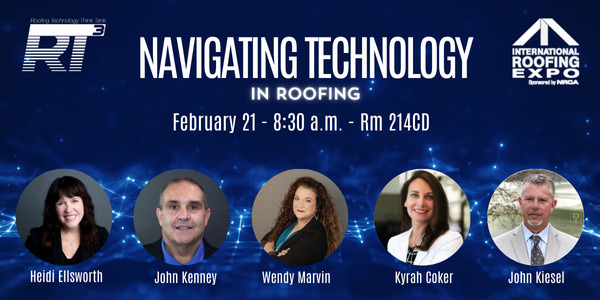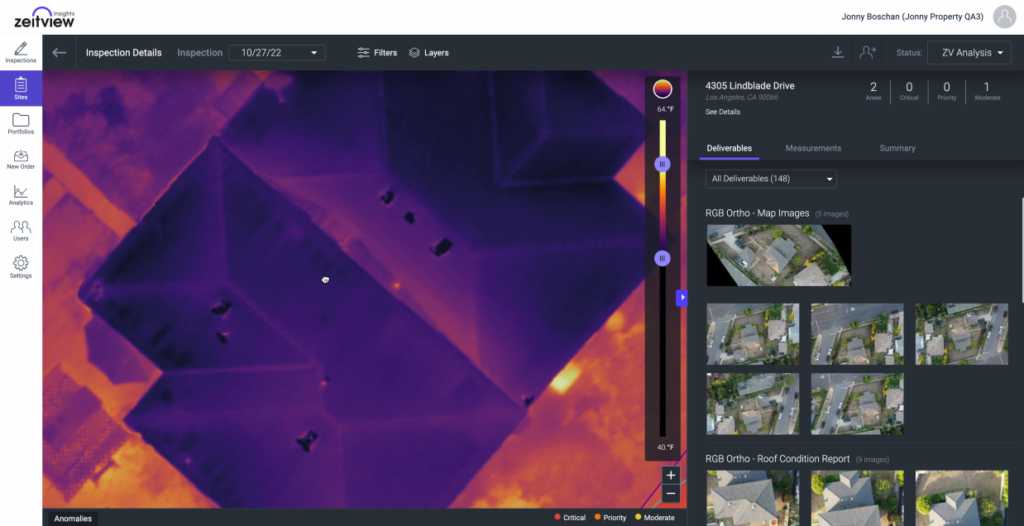Activities include a solar technology lunch and learn and a technology panel designed to help contractors on their technology journey.
York, Pennsylvania, February 3, 2025 –- Roofing Technology Think Tank (RT3), a group of progressive roofing professionals focused on technology solutions for the roofing industry, announced activities scheduled for the 2025 International Roofing Expo (IRE).
Members will participate in a lunch and learn session on Tuesday, February 18 at the Grand Hyatt San Antonio Riverwalk where they will learn about a new solar technology from Australia that has recently entered the U.S. market.
RT3 members will also take part in an educational panel on Friday, February 21 at 8:30 a.m. The session is titled Navigating the Technology Landscape. In this panel, RT3 members share resources, tips and advice for navigating the ever-changing and growing field of technology in roofing.

“Technology is advancing at such a rapid pace that it can be hard to understand the changes and what that can mean for your business,” stated Karen Edwards, RT3 Director. “Our members met throughout this past year to develop resources to help contractors navigate the tech landscape. This panel shares those concepts and guides contractors on their technology journey.”
The panel will take contractors through the business maturity guide to help them figure out what their pain points are and how technology may be able to help them get to the next level. Next, the technology landscape resource will lead contractors through the types of solutions available, educate on how other contractors are using these solutions and provide direction on what questions to ask the vendor as well as what they should be considering for scaling their business.
In addition, the team will share do’s and don’ts for using AI in roofing businesses and how to ensure they are using it responsibly and ethically. The panel is moderated by Heidi J. Ellsworth and participants include RT3 members John Kiesel, Division 7 Roofing, Wendy Marvin, Matrix Roof & Home Solutions, Kyrah Coker, National Roofing Partners and John Kenney, Cotney Consulting Group.
About Roofing Technology Think Tank (RT3)
Roofing Technology Think Tank (RT3) strives to find innovative technology solutions to be used within the roofing industry. RT3 provides insights from progressive thought leaders both inside and outside the roofing industry along with practical resources for implementing potential solutions successfully. The organization will encourage and enable contractors to embrace technology as they seek to grow their businesses. With a commitment to disseminate technology advancement information, RT3 will help build the professionalism and appeal of the roofing industry. Learn more at www.rt3thinktank.com.

